Amazing? Mindblowing?....I really am at a loss 4 words to describe what i see tonight.
Jus returned abt 2 hours back from a trip to Endpoint. rt at the beginning, I'll add that even tho at the beginning when i was abt to type on the blog n started researching to make sure all the stars i saw were actually exactly the ones i thought they were, it was not raining.-but unfortunately the rains started pouring around 3-45... so if u r awake n reading this, i'm really sorry to disappoint u...but lookin at the bright side, the rain appears to be slowing down n u still hav at least 1.5 hrs to go till sunrise.
nyways, i'll continue with a brief description of what exactly it was that drove me hysterical.
I had ended up at EndPoint accidentally as we were testing out a friend's new Bullet.the sky wasn't particularly clear or something.it was what would hav appeared to be an ordinary night in manipal, except 4 the blessings of the Rain gods who decided to spare us after 3 days of constant bombardment. as one would expect, on a dry night after so many showers, the weather was extremely pleasant.-cool & breezy. n hence, we decided to stop at endpoint. what awaited me there was .... -(i don't think i can find the correct adjective).
i'll jus describe what i saw in the most mundane scientific language to contain the unbridled excitement that is driving me mad.- the southern sky.....-it was ALIVE!
it's been 3 yrs that i've been here in Manipal.but in all my yrs here, i've never,(pause) NEVER, seen a southern sky that beautiful.(that bright.that clear.that ....-as i said there r a 1001 adjectives i could think of to describe toNight).
even tho the northern, parts of the eastern, n western sky were oevrcast, the southern sky shone out as if it was a bed of pearls, or a necklace of diamonds.-JUST AMAZING!
i think a number of other factors might hav contributed in makin this possible too.
(i)End point actually looked somewhat like what it did (in terms of light density) when i came here 3yrs back.-the lights at the football field were 4 some reason turned off.
there was also (strangely) absolutely no parked cars, n no bikers drivin to/from there.
(ii)the moon was very very low in the south-eastern horizon. - n boy did it look like a BEAUTY!
(had the southern sky not blown me away, i would hav surely returned infatuated with the moon.)
(iii)pls don laugh, thsi might sound a li'l weird, but i think the fact that the rest of the sky bein overcast might hav helped the southern sky appear far more brighter that it usual would.(note:APPEAR.)
some of the major constellations that i saw: I could see very very clearly Corvus, Canopus(which is a star but is extremely prominent), Scorpius,Spica(vrigo, this region was not that clear tho as it approcahed the central somewhat middle part of the sky),Libra, Sirius, Procyon, n a whole lot of stars( A REALLY REALLY WHOLE LOT.-as in almost like a sea of uniformy distributed stars) in the Lupus,Pyxis, Eridanius region.-now i know why they call it Eridanius!(it really must hav looked like a river from places which hav a clear view of the South as i saw it.).n i thought i could also make out Crux/false cross, but that might be attributable to my imagination working overtime itryin to make sense of the field of stars that was Eridanius.i think the effect(/the prominence of the southern sky, as if it was a sea of sparkling jewels) was made all the more prominent due to the presence of what appeared to me then to be Mars & Saturn.However, i was so dumbstruck by the beauty of the sight i didn't record the locations of those 2 accuaretly in my memory.
all in all, a night(/more accurately, A VIEW) that will be difficult (extremely difficult) to forget.
Surjodeb Basu /dev.
ps- jus when i am abt to press the publish button, i realized.-pity, i didn't hav a camera. the pic shall only liev on in my memory.
(strange part is, until i realized that i'm postin without a pic, it never occured to me that i had made a blunder by not takin a photograph to preserve that view.-it was so deeply etched in my mind! [-that the thought never arose])





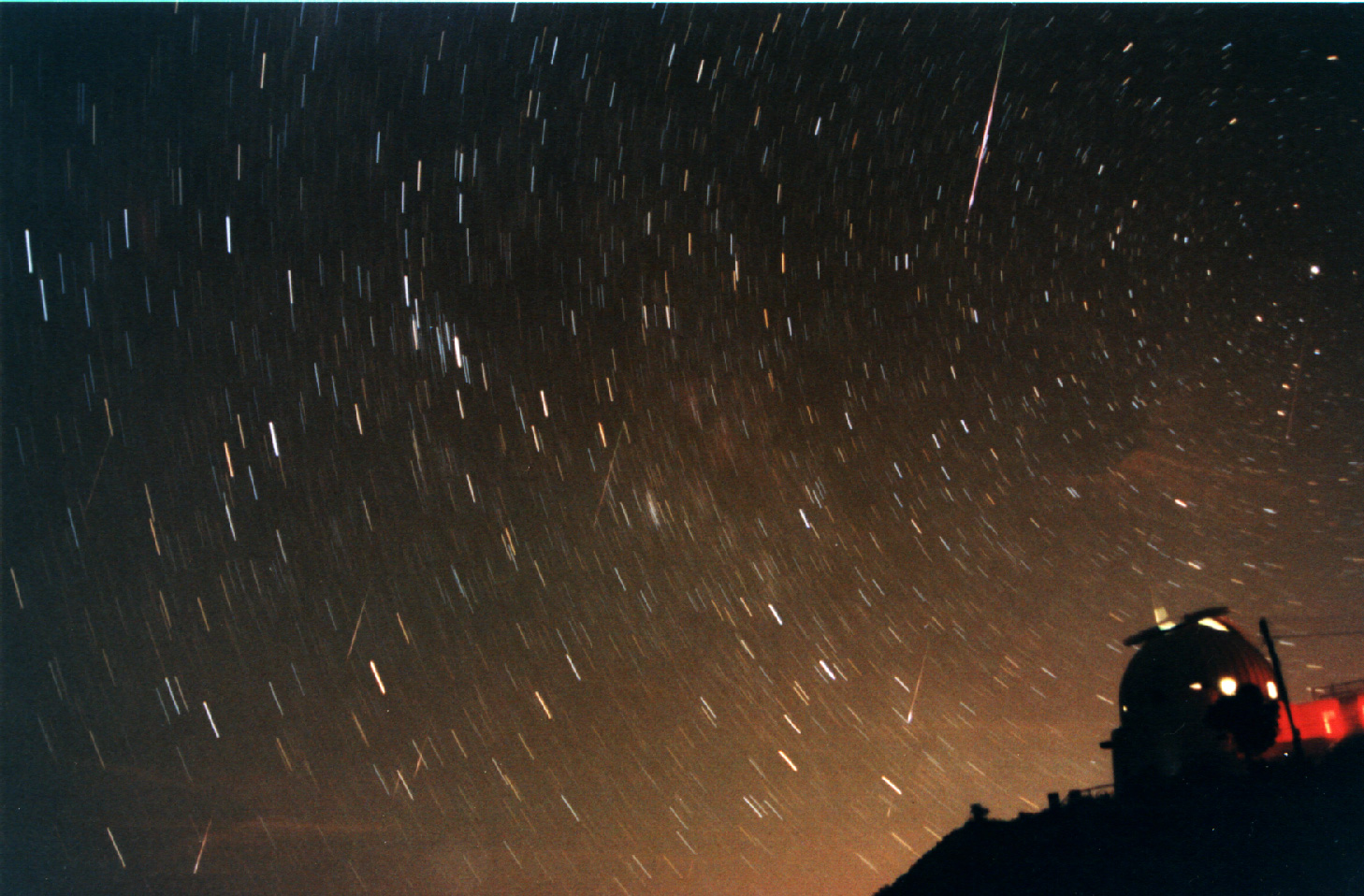

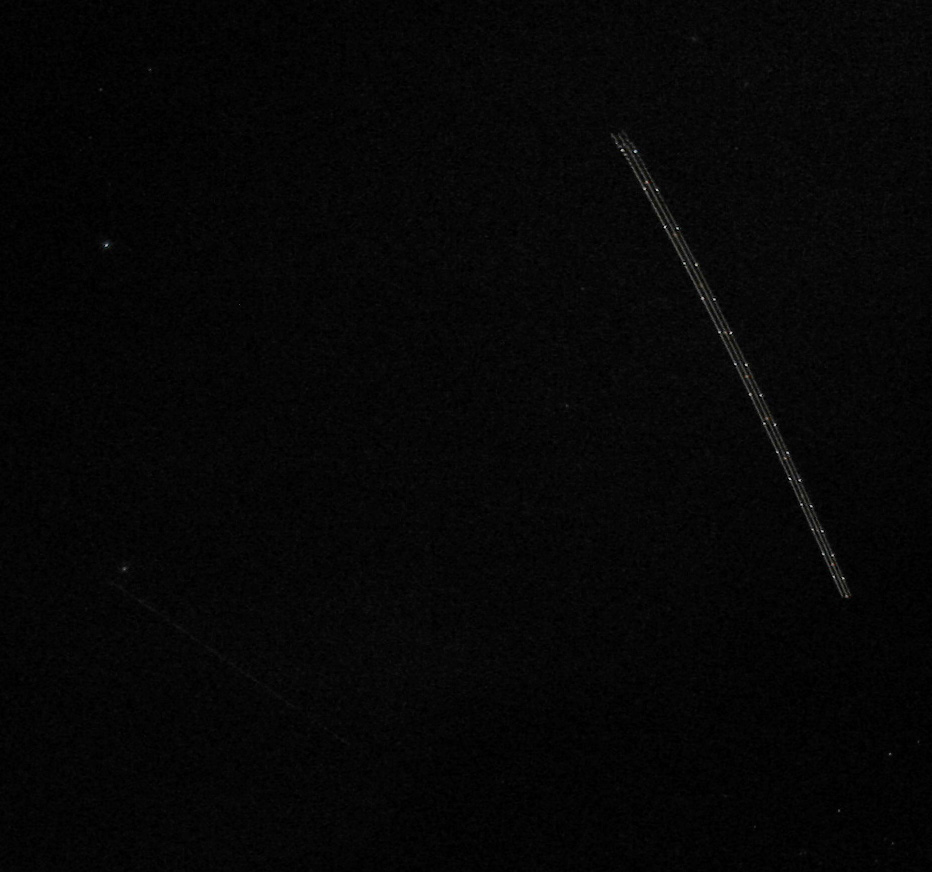

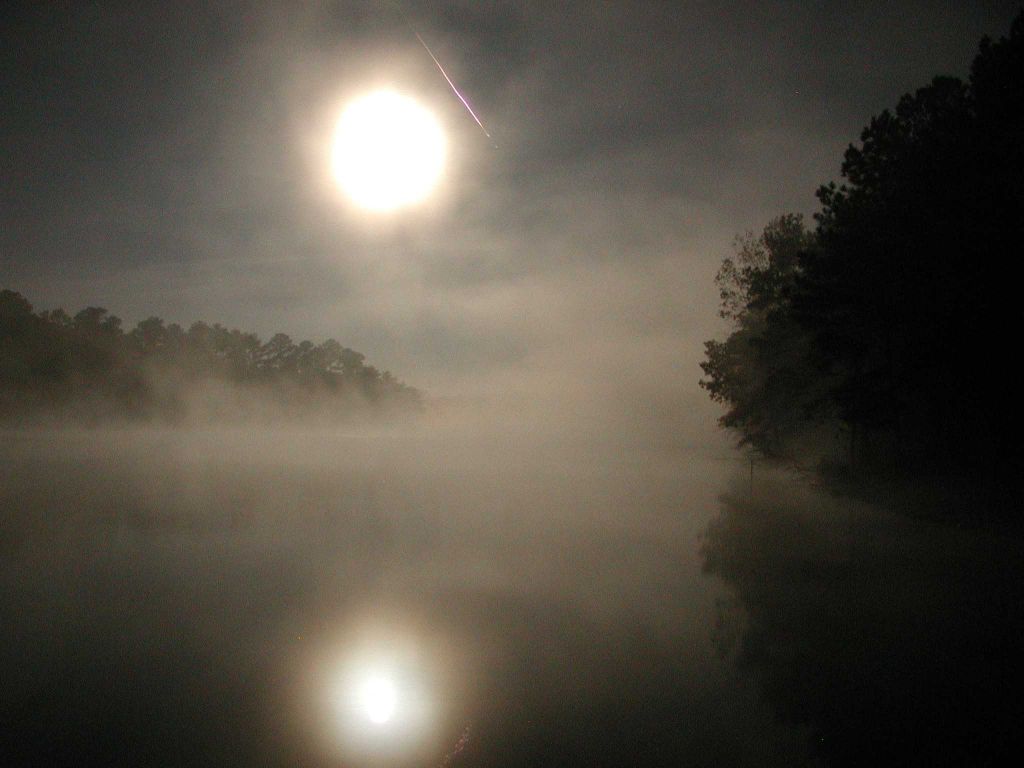




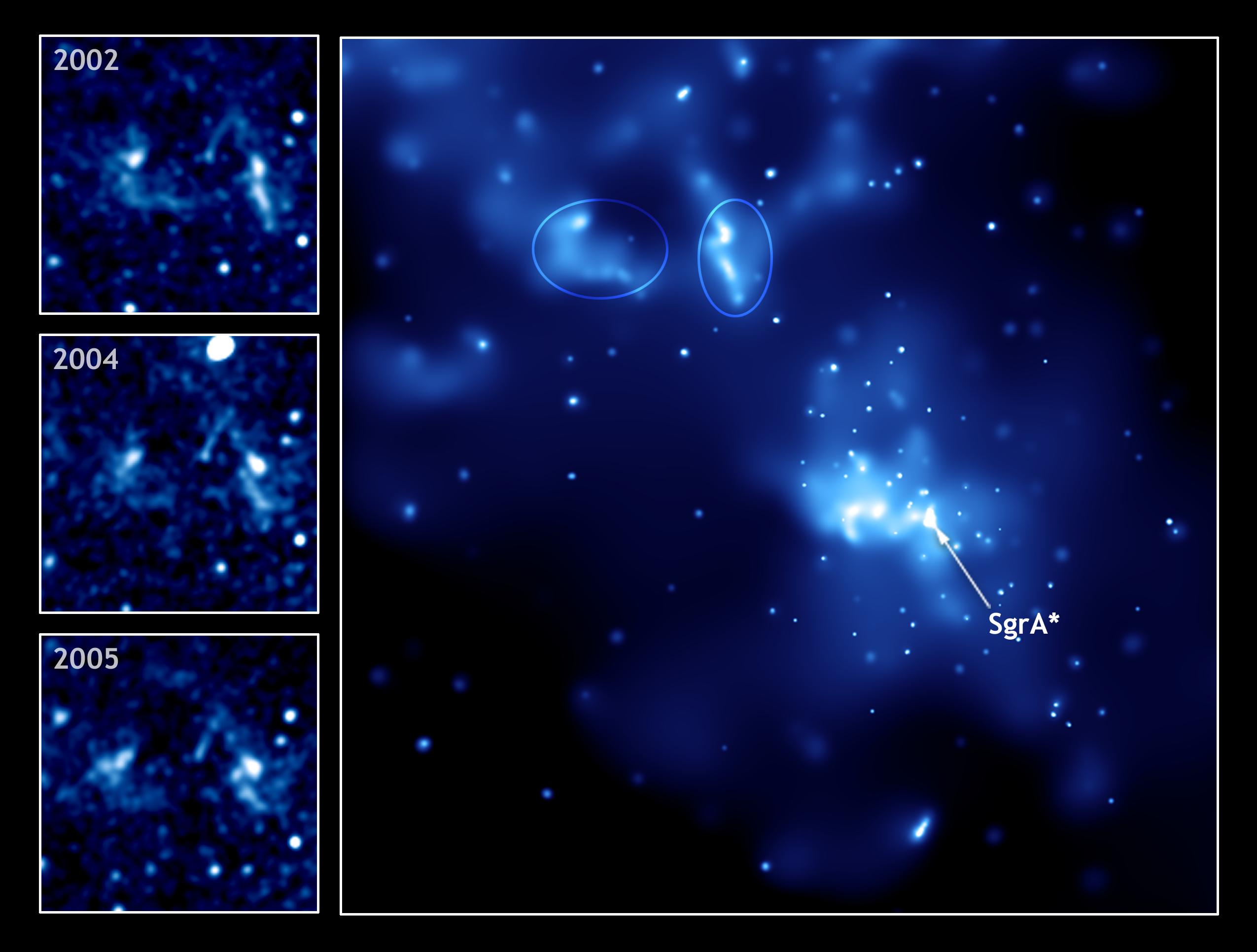






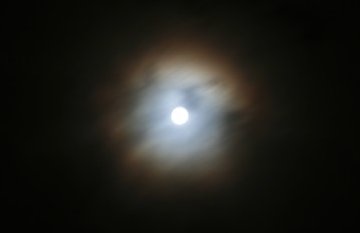
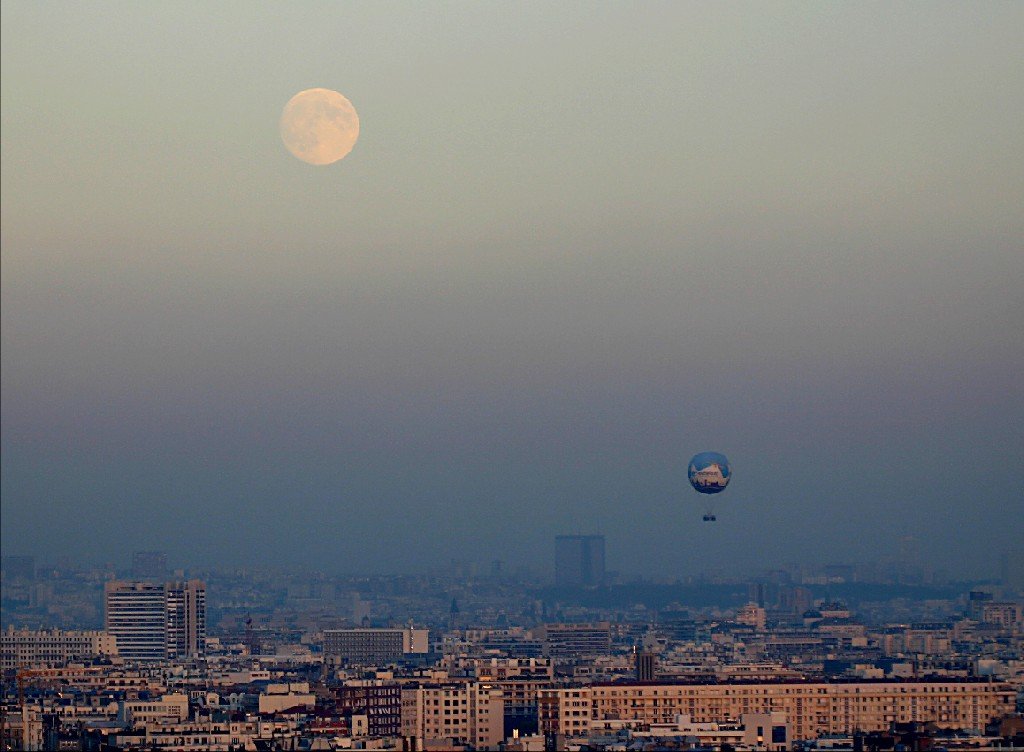





 Mission Overview
Mission Overview
